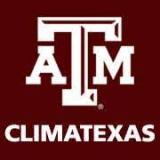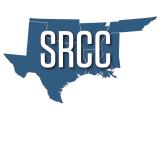Southern Plains Drought to Persist and Expand into Autumn
Key Points:
- Moderate to Severe Drought (D1–D2) expanded over central Kansas and Oklahoma in the last few weeks.
- Much-above-average temperatures rapidly intensified drought conditions across parts of the Southern Plains in late July and early August.
- Hurricane Beryl brought heavy rains to east Texas, missing the most drought-affected parts of the state. Extreme to Exceptional Drought (D3–D4) persists in Far West Texas.
- The forecasts for mid-August show rain on the way for Kansas and Oklahoma.
- NOAA’s Climate Prediction Center’s outlooks predict hot and dry conditions will return in late August, and possibly persist into early autumn, for the High Plains.
- A warmer and drier than average winter is expected for Texas and Oklahoma.
The U.S. Drought Monitor depicts the location and intensity of drought across the country. The map uses 5 classifications: Abnormally Dry (D0), showing areas that may be going into or are coming out of drought, and four levels of drought (D1–D4).
Key Takeaway: Moderate to Severe Drought (D1–D2) persists over western Kansas, Oklahoma, and Texas, with continued Extreme to Exceptional Drought (D3–D4) over Far West Texas.
The U.S. Drought Monitor depicts the location and intensity of drought across the country. This historical timeseries shows the progression of drought & dryness across Kansas, Texas, and Oklahoma from 2000 to the present, as a percent of total land area.
A drought index combines multiple drought indicators (e.g., precipitation, temperature, soil moisture) to depict drought conditions. For some products, like the U.S. Drought Monitor, authors combine their analysis of drought indicators with input from local observers. Other drought indices, like the Standardized Precipitation Index (SPI), use an objective calculation to describe the severity, location, timing, and/or duration of drought.
Learn MorePeriods of drought can lead to inadequate water supply, threatening the health, safety, and welfare of communities. Streamflow, groundwater, reservoir, and snowpack data are key to monitoring and forecasting water supply.
Learn MoreDrought can reduce the water availability and water quality necessary for productive farms, ranches, and grazing lands, resulting in significant negative direct and indirect economic impacts to the agricultural sector. Monitoring agricultural drought typically focuses on examining levels of precipitation, evaporative demand, soil moisture, and surface/groundwater quantity and quality.
Learn MoreA drought index combines multiple drought indicators (e.g., precipitation, temperature, soil moisture) to depict drought conditions. For some products, like the U.S. Drought Monitor, authors combine their analysis of drought indicators with input from local observers. Other drought indices, like the Standardized Precipitation Index (SPI), use an objective calculation to describe the severity, location, timing, and/or duration of drought.
Learn MorePeriods of drought can lead to inadequate water supply, threatening the health, safety, and welfare of communities. Streamflow, groundwater, reservoir, and snowpack data are key to monitoring and forecasting water supply.
Learn MoreDrought can reduce the water availability and water quality necessary for productive farms, ranches, and grazing lands, resulting in significant negative direct and indirect economic impacts to the agricultural sector. Monitoring agricultural drought typically focuses on examining levels of precipitation, evaporative demand, soil moisture, and surface/groundwater quantity and quality.
Learn MoreU.S. Drought Monitor Categories
Abnormally Dry (D0)
Abnormally Dry (D0) indicates a region that is going into or coming out of drought. View typical impacts by state.
Moderate Drought (D1)
Moderate Drought (D1) is the first of four drought categories (D1–D4), according to the U.S. Drought Monitor. View typical impacts by state.
Severe Drought (D2)
Severe Drought (D2) is the second of four drought categories (D1–D4), according to the U.S. Drought Monitor. View typical impacts by state.
Extreme Drought (D3)
Extreme Drought (D3) is the third of four drought categories (D1–D4), according to the U.S. Drought Monitor. View typical impacts by state.
Exceptional Drought (D4)
Exceptional Drought (D4) is the most intense drought category, according to the U.S. Drought Monitor. View typical impacts by state.
Total Area in Drought (D1–D4)
Percent area of the Southern Plains that is currently in drought (D1–D4), according to the U.S. Drought Monitor.
U.S. Drought Monitor Categories
Abnormally Dry (D0)
Abnormally Dry (D0) indicates a region that is going into or coming out of drought. View typical impacts by state.
Moderate Drought (D1)
Moderate Drought (D1) is the first of four drought categories (D1–D4), according to the U.S. Drought Monitor. View typical impacts by state.
Severe Drought (D2)
Severe Drought (D2) is the second of four drought categories (D1–D4), according to the U.S. Drought Monitor. View typical impacts by state.
Extreme Drought (D3)
Extreme Drought (D3) is the third of four drought categories (D1–D4), according to the U.S. Drought Monitor. View typical impacts by state.
Exceptional Drought (D4)
Exceptional Drought (D4) is the most intense drought category, according to the U.S. Drought Monitor. View typical impacts by state.
The U.S. Drought Monitor depicts the location and intensity of drought across the country. The map uses 5 classifications: Abnormally Dry (D0), showing areas that may be going into or are coming out of drought, and four levels of drought (D1–D4).
Key Takeaway: Moderate to Severe Drought (D1–D2) persists over western Kansas, Oklahoma, and Texas, with continued Extreme to Exceptional Drought (D3–D4) over Far West Texas.
The U.S. Drought Monitor depicts the location and intensity of drought across the country. This historical timeseries shows the progression of drought & dryness across Kansas, Texas, and Oklahoma from 2000 to the present, as a percent of total land area.
The U.S. Drought Monitor is updated weekly on Thursday mornings, with data valid through the previous Tuesday at 7 a.m. ET.
The U.S. Drought Monitor is updated weekly on Thursday mornings, with data valid through the previous Tuesday at 7 a.m. ET. This Drought.gov Historical Data & Conditions Tool is also updated weekly.
A drought index combines multiple drought indicators (e.g., precipitation, temperature, soil moisture) to depict drought conditions. For some products, like the U.S. Drought Monitor, authors combine their analysis of drought indicators with input from local observers. Other drought indices, like the Standardized Precipitation Index (SPI), use an objective calculation to describe the severity, location, timing, and/or duration of drought.
Learn MorePeriods of drought can lead to inadequate water supply, threatening the health, safety, and welfare of communities. Streamflow, groundwater, reservoir, and snowpack data are key to monitoring and forecasting water supply.
Learn MoreDrought can reduce the water availability and water quality necessary for productive farms, ranches, and grazing lands, resulting in significant negative direct and indirect economic impacts to the agricultural sector. Monitoring agricultural drought typically focuses on examining levels of precipitation, evaporative demand, soil moisture, and surface/groundwater quantity and quality.
Learn MoreA drought index combines multiple drought indicators (e.g., precipitation, temperature, soil moisture) to depict drought conditions. For some products, like the U.S. Drought Monitor, authors combine their analysis of drought indicators with input from local observers. Other drought indices, like the Standardized Precipitation Index (SPI), use an objective calculation to describe the severity, location, timing, and/or duration of drought.
Learn MorePeriods of drought can lead to inadequate water supply, threatening the health, safety, and welfare of communities. Streamflow, groundwater, reservoir, and snowpack data are key to monitoring and forecasting water supply.
Learn MoreDrought can reduce the water availability and water quality necessary for productive farms, ranches, and grazing lands, resulting in significant negative direct and indirect economic impacts to the agricultural sector. Monitoring agricultural drought typically focuses on examining levels of precipitation, evaporative demand, soil moisture, and surface/groundwater quantity and quality.
Learn MoreCurrent Conditions for the Southern Plains
- July temperature and precipitation conditions:
- Averaged across July, statewide mean daily temperatures were near to below normal for the Southern Plains states. However, much-above-normal temperatures rapidly intensified drought conditions across parts of the region (central Kansas and Oklahoma, Far West Texas) in late July and early August.
- July precipitation was above normal in Texas, due in part to heavy rains from Hurricane Beryl, with a statewide average of 3.74 inches (1.38 inches above the 1991–2020 average). However, these heavy rains missed the most drought-affected parts of the state.
- Precipitation was near normal in Oklahoma (3.14 inches, 0.06 inch below normal) and slightly below normal in Kansas (2.95 inches, 0.91 inch below normal).
- The Southern Plains has experienced a very hot summer so far, but was mostly dominated by a warm June:
- Texas had its 11th warmest June–July period on record (since 1895), with mean daily temperatures 1.4 ºF above the 1991–2020 average.
- State-averaged minimum temperatures for Texas ranked 5th warmest for June and July, but this was mostly dominated by a warm June. This set a new record for the warmest June mean daily minimums with a monthly average of 72.1 ºF, 3.4 ºF above average.
- June–July temperatures were 1.2 °F and 1.0 °F above average for Oklahoma and Kansas, respectively.
- The state-averaged mean daily temperatures for June were:
- Kansas: 77.2 ºF, 3.0 ºF above the 1991–2020 average and tied as the 15th warmest on record (since 1895).
- Oklahoma: 80.4 ºF, 3.1 ºF above average and tied as the 11th warmest June on record.
- Texas: 83.3 ºF, 2.8 ºF above average and the 8th warmest June on record.
- The state-averaged mean daily temperatures for July were:
- Kansas: 78.0 ºF, 1.0 ºF below the 1991–2020 average.
- Oklahoma: 81.4 ºF, 0.5 ºF below average.
- Texas: 83.0 ºF, which is exactly the long-term average temperature for July in Texas. Or, in other words, this was what an average July feels like in Texas.
2-Month U.S. Drought Monitor Change Map (Since June 11, 2024)
Key Takeaway: Central Oklahoma and Sheridan County, Kansas, experienced a three-category degradation in drought conditions over the 8 weeks from June 11 to August 6. Parts of Kansas, Far West Texas, and northern Oklahoma also saw intensification of drought over the same period with a two-category degradation.
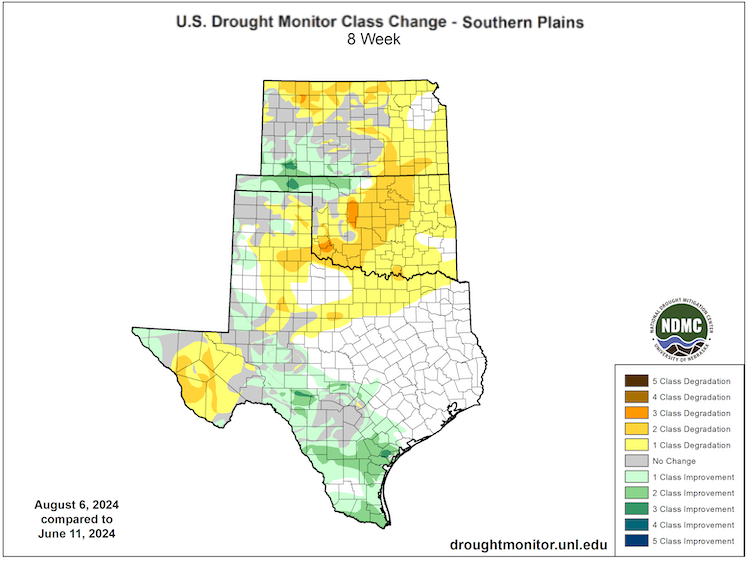
30-Day Percent of Normal Precipitation for the Southern Plains
Key Takeaway: Hurricane Beryl made landfall near Houston on July 8, bringing heavy rain and flooding to eastern Texas. Another series of storms over the Texas Hill Country came later in the month, bringing over 6 inches of rain over two or three days. By the end of the month, Huntsville, Texas, had already set its all-time annual precipitation record with over 70 inches, and five months of the year remaining.
The rest of the Southern Plains region has experienced mostly average to below-average precipitation over the last 30 days, and outside of eastern Texas, drought conditions worsened.

Departure from Normal Maximum Temperature: Last 7 Days and 30 Days
Key Takeaway: Late July was cool compared to the long-term average across eastern Texas. This was mostly driven by a cool week from July 22–27. High temperatures returned to the Southern Plains with exceptionally high temperatures in early August for western Kansas, Oklahoma, and Texas.

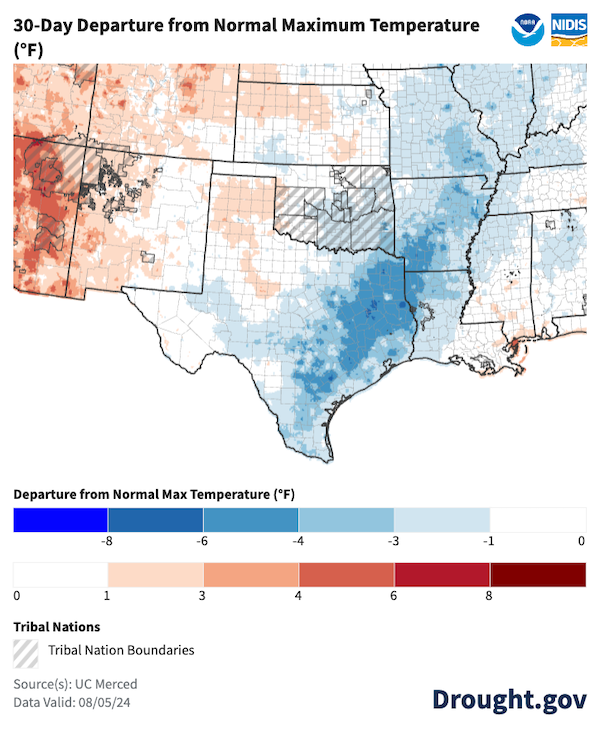
Southern Plains Drought Impacts
- On August 1, Wichita, Kansas, entered stage 2 of water restrictions due to drought, including closing public pools early to conserve water.
- The Edwards Aquifer, which provides water to San Antonio and other cities in the region, has entered Stage 4 water restrictions.
- Kendall County, Texas, is enforcing burn bans in response to prolonged drought
- Ongoing drought in the Central Plains has impacted agriculture this summer.
- In Texas, the North, Far West, and West Central agricultural regions all reported heat and drought stress.
- North: Stressed grasses transitioned early from vegetative to reproductive stage.
- Far West: AgriLife Extension worked with producers to develop drought management programs due to the continued hot and dry weather.
- West Central: Corn was drying down quickly, and dryland sorghum was suffering from drought stress.
- In Texas, the North, Far West, and West Central agricultural regions all reported heat and drought stress.
- Recent research from Kansas State University quantified how much pre-seasonal drought is a driver to crop failure.
Report your local drought impacts through a Condition Monitoring Observer Report:
28-Day Average Streamflow Conditions (Valid August 8, 2024)
Key Takeaway: Meteorological drought in northern Oklahoma and central Kansas, which has lasted over a year, has reduced streamflow and led to hydrologic drought conditions, with the most severe conditions in south-central Kansas. Streamflow conditions across Texas show a stark divide between flooding in the east and low flow in rivers in central and west Texas.
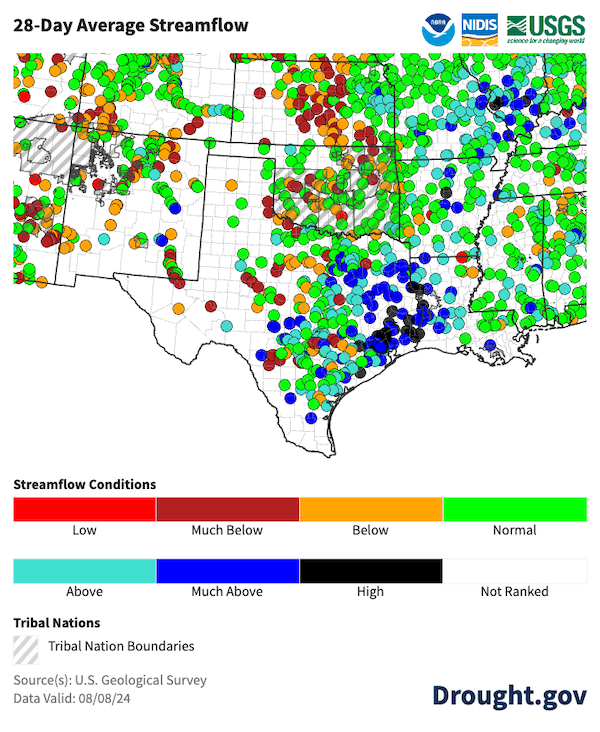
Texas Reservoir Levels
Key Takeaway: Reservoir levels in eastern Texas improved over the past two months, while reservoir levels in central and southern Texas remained low. A few notable reservoirs in drought status are:
- Falcon Reservoir, Rio Grande: 13.2% full
- Amistad Reservoir, Rio Grande: 25.2% full
- Medina Lake, Medina River: 3.6% full
- Canyon Lake, Guadalupe River: 57.5% full
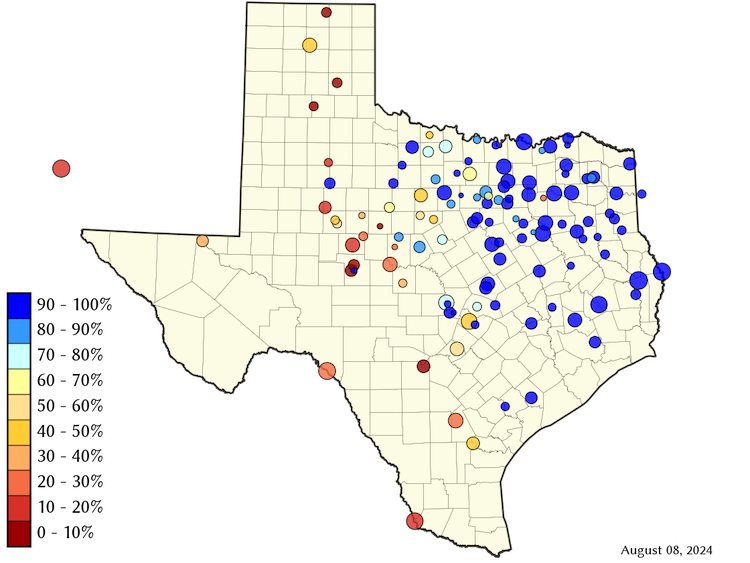
Oklahoma Reservoir Levels
Key Takeaway: Most reservoirs in northeastern Oklahoma are generally 90+% full, while most reservoirs in the far southwestern part of the state are less than 80% full.
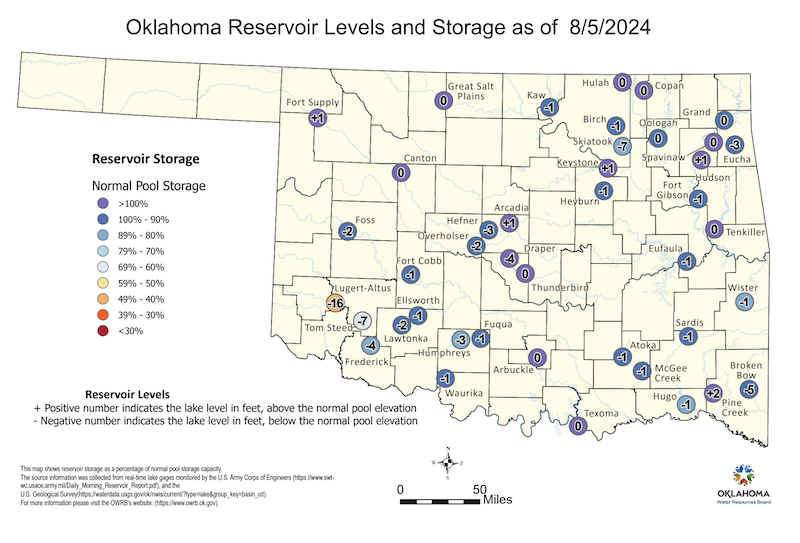
Outlooks and Potential Impacts for the Southern Plains
- The Southern Plains usually receives about a third of its annual rainfall in the summer and early fall (August-September-October).
- When averaged across the region, this usually works out to about 10 inches over these three months.
- The highest August–October averages are along the Gulf Coast east of Houston, with the lowest averages (around 3 inches) near Big Bend National Park.
- The NOAA Climate Prediction Center’s latest monthly and seasonal climate outlooks show:
- A hot and dry summer ahead for the western parts of the Southern Plains that usually expect monsoonal rainfall.
- A warm and wet summer for the eastern part of the region, including the Gulf Coast.
- The El Niño–Southern Oscillation (ENSO) is currently neutral. A La Niña watch is in place.
- ENSO-neutral means neither El Niño nor La Niña is driving current weather patterns.
- A La Niña pattern is likely to develop by late autumn and will likely last through winter.
- La Niña usually, but not always, leads to a warmer and drier winter for Texas and Oklahoma with a weaker influence in Kansas.
August 2024 Temperature Outlook
Key Takeaway: Odds favor above-normal temperatures for most of the Southern Plains for August, with the highest odds for the Oklahoma and Texas panhandle regions and southwest Kansas.
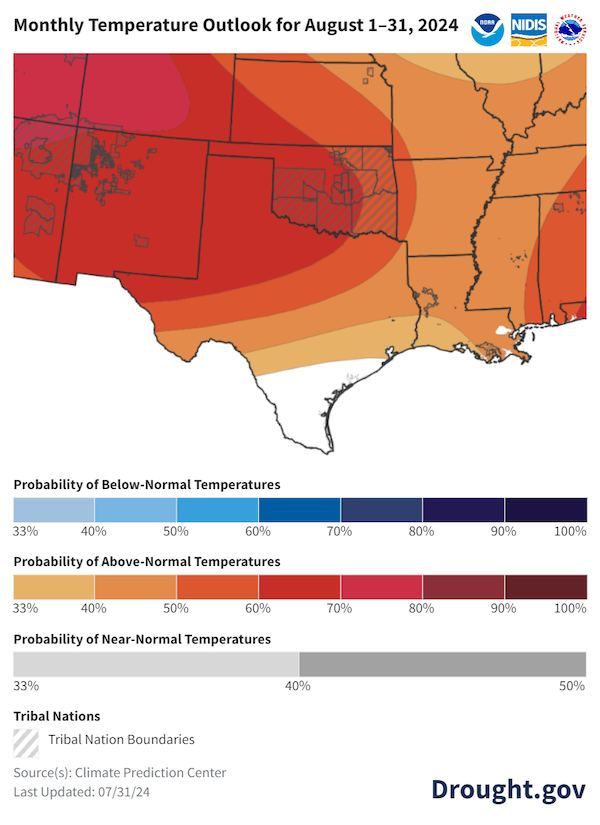
Seasonal (3-Month) Temperature Outlook: August–October 2024
Key Takeaway: A warmer-than-normal August–October is likely for the Southern Plains DEWS Region. The highest odds (60%–70% chance) of a warmer-than-normal summer/early fall are along the Texas/New Mexico border.
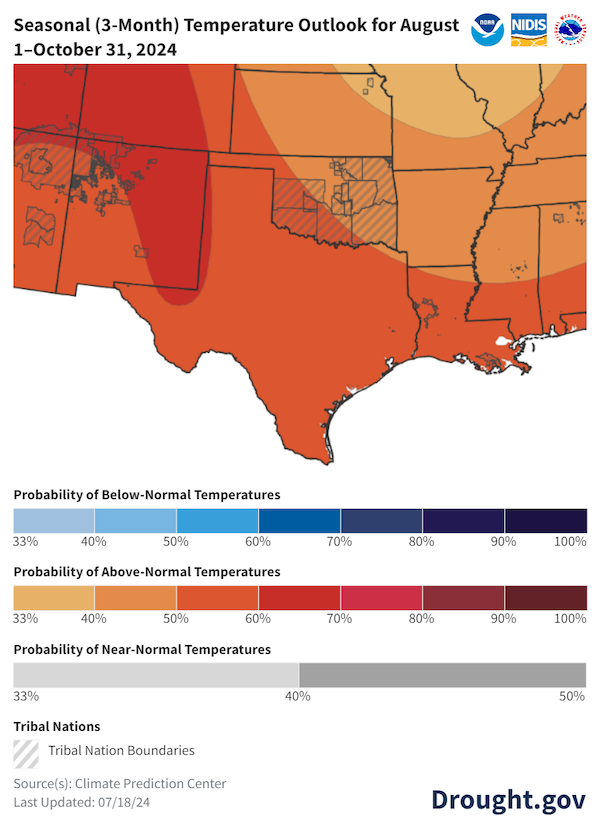
August 2024 Precipitation Outlook
Key Takeaway: In August, the outlooks slightly favor (33%–50% chance) below-normal precipitation for Oklahoma, southern Kansas, and northern Texas, but odds slightly favor (33%–50% chance) above-normal precipitation for southern Texas.
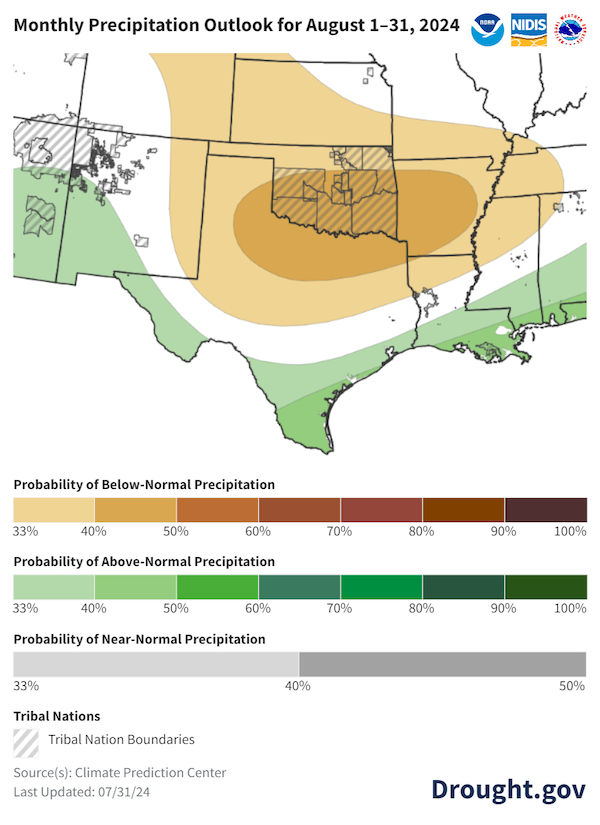
Seasonal (3-Month) Precipitation Outlook: August–October 2024
Key Takeaway: The latest seasonal precipitation outlook slightly favors lower-than-normal precipitation for Kansas and the Oklahoma and Texas panhandles (33%–40% chance). The Gulf Coast region of Texas can likely (33%–40%) expect a wetter-than-normal August–October.

Southern Plains Drought Resources
Regional Resources
- Southern Regional Climate Center
- Water Data for Texas
- Oklahoma Mesonet
- National Weather Service Drought Information Statements
- Explore state drought information on Drought.gov:
Prepared By
Joel Lisonbee, Adam Lang, Kelsey Satalino, and Eleanor Hasenbeck
CIRES/CU Boulder and NOAA’s National Integrated Drought Information System, Southern Plains Drought Early Warning System
John Nielsen-Gammon
Texas State Climatologist, Texas State Climate Office, Texas A&M University
Southern Regional Climate Center
This Drought Status Update is issued in partnership between the National Oceanic and Atmospheric Administration (NOAA) and the State Climate Offices in Kansas, Oklahoma and Texas to communicate a potential area of concern for drought expansion and/or development within the Southern Plains region based on recent conditions and the upcoming forecast. NIDIS and its partners will issue future Drought Status Updates as conditions evolve.








